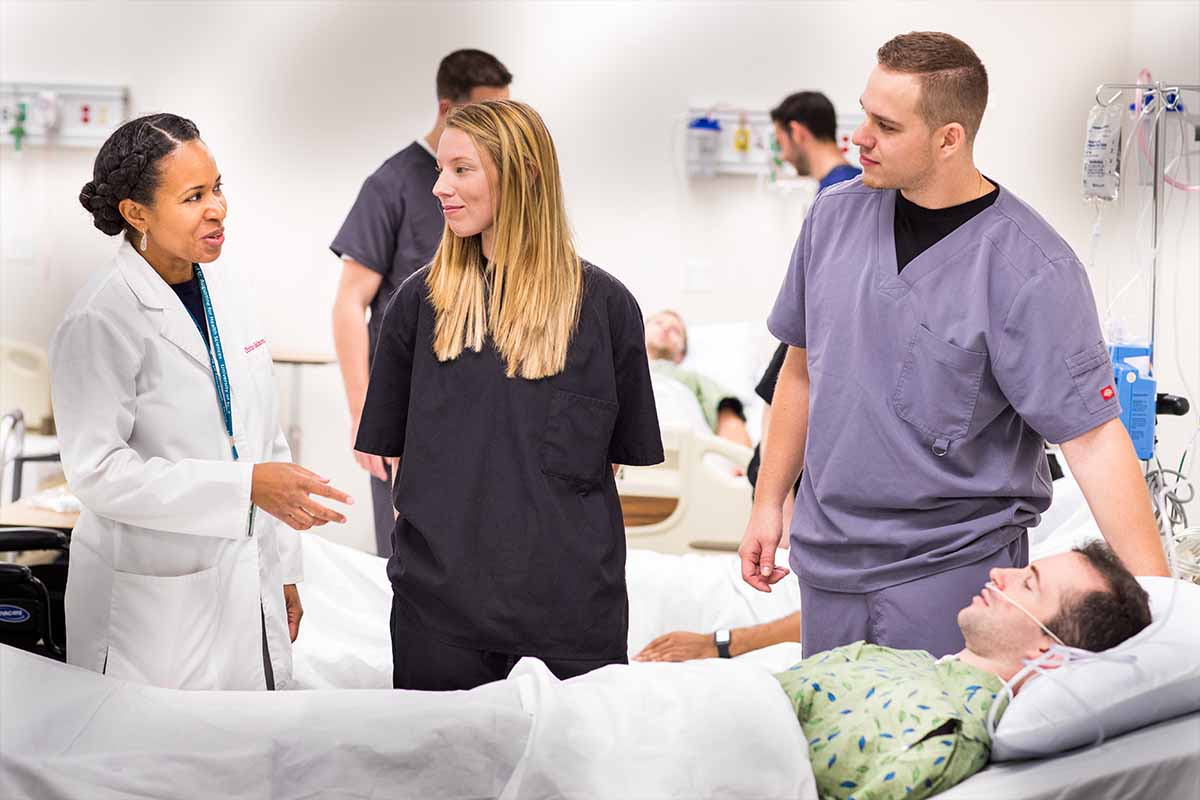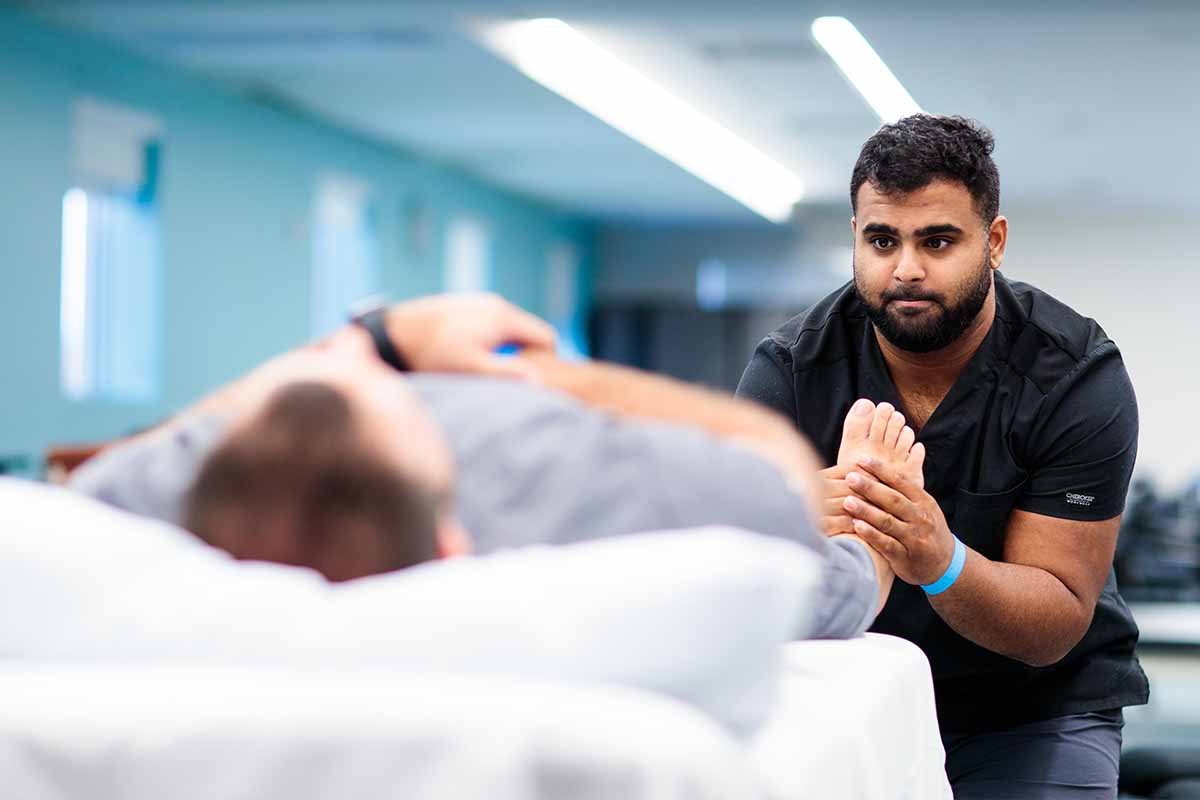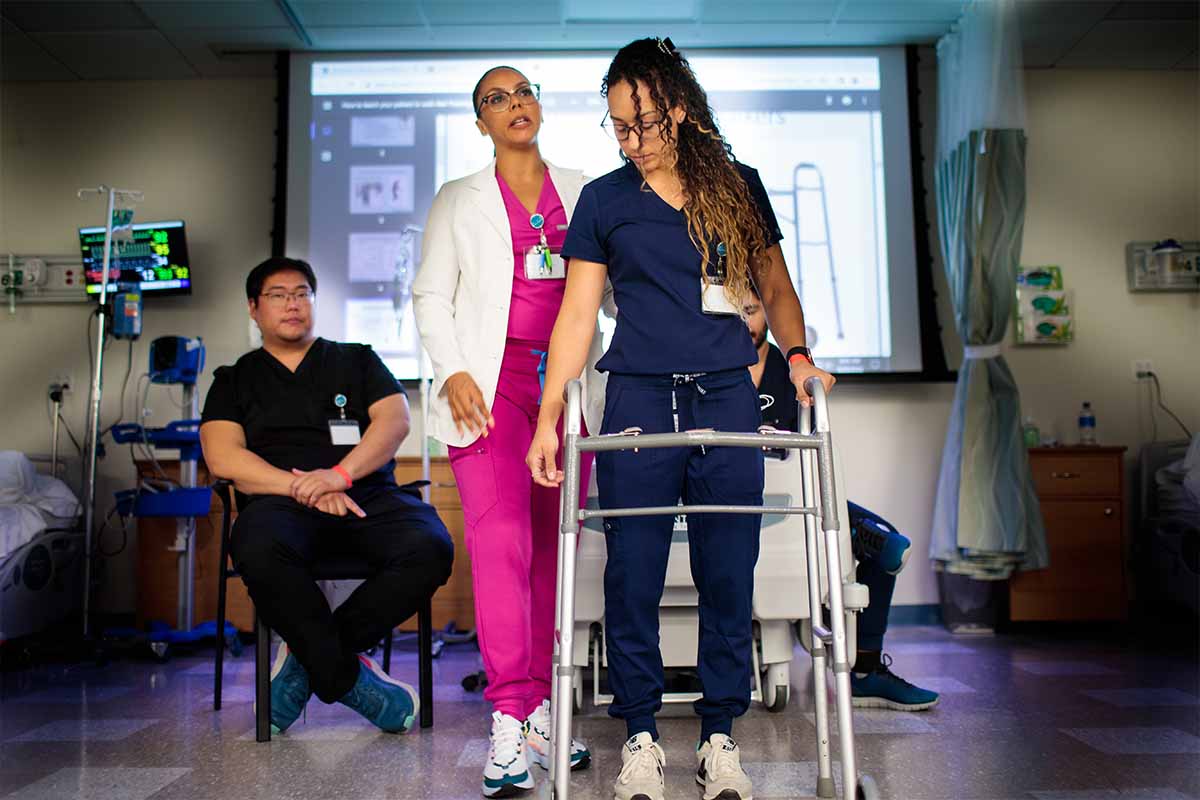If you have experienced an injury or suffer from pain during the winter months, you are not alone. A new survey by the University of St. Augustine for Health Sciences (USAHS) found that half (50%) of Americans experience pain during the holidays. Of those who responded, more than two thirds (71%) say pain makes it harder to enjoy the holidays, and over a third (37%) say they have struggled to hide pain during the holidays. In addition, 71% of Americans said they have sustained a winter injury. The survey results revealed the following:
What are the most common winter activities that cause pain?
- Shoveling snow (32%)
- Long rides in cars, planes or trains (30%)
- Cooking holiday meals (25%)
- Decorating the house (22%)
What are the most common winter injuries reported?
- Back pain or injury (25%)
- Neck pain or tension (21%)
- Knee joint pain (18%)
- Bruises (17%)
What are the most common causes of winter injuries?
- Slipping while walking outside (25%)
- Burns and cuts while cooking holiday meals (23%)
- Decorating the house (17%)
- Shoveling snow (16%)
The good news is that pain and injury prevention is possible, and the expert faculty at the University of St. Augustine for Health Sciences have some tips to help make the holidays pain and injury free.
Fall Prevention Tips
“When decorating your home for the holidays, pay attention to potential hazards, especially with the use of extension cords for lights,” said occupational therapist and USAHS Occupational Therapy faculty member Dr. Terri Roberts. Other tips from Dr. Roberts include:
- Never stand on chairs to hang decorations – always use a sturdy step stool or ladder.
- Wear shoes or boots with good traction if you are walking outside.
- Be careful getting in and out of your car.
- Keep your driveway and sidewalks clear of snow and use ice melt pellets if necessary.
- Slow down: your risk of slipping and falling increases when you are in a rush.
- If you do find yourself walking in an area that is icy, walk like a penguin – take short, shuffling steps as carefully as possible.
Tips to Prevent Injuries in the Kitchen
Dr. Roberts has these kitchen safety tips if you are going to make a holiday feast for your family:
- Always use oven mitts when handling hot pots and pans.
- Do not leave food cooking on the stove unattended.
- Do not wear loose clothing or jewelry while cooking.
- Keep kids and pets out of the kitchen.
- Be sure to wash your hands frequently, especially if handling meat.
Tips to Avoid Back Pain During Travel
Physical therapist and USAHS Physical Therapy faculty member Dr. Katheryn Sawyer recommends that you get up every hour while flying to move around, such as walking to the bathroom. If traveling by car, Dr. Sawyer recommends frequent stops where you can walk around for a few minutes.
- Check your luggage so that you do not have to carry or pull a heavy bag around the airport. This also means you will not have to lift your bag up into the overhead bin.
- Bring a lumbar support pillow or roll. Find one that is small and compact and great for travel. Bring it in your carry-on bag and it will help with sitting posture.
- If traveling by car, pack multiple light bags for easier lifting out of the trunk and transporting
Talking About Pain with Loved Ones
“It’s difficult to communicate to others about pain. We all experience it, but to different levels and we manage pain in unique ways,” said occupational therapist and Occupational Therapy faculty member Dr. Susan MacDermott. “Try to think of a phrase you can say to loved ones when you need to take a break such as ‘I’ll be upstairs for 20 minutes and be right back’ and they know what that means.”
Tips for Managing Pain During the Holidays
“Sometimes we just think of the big, bulky, or heavy tasks as exacerbating pain. But it is also important to think about awkward positions and repetitive movements,” Dr. MacDermott said. “Something that seems as harmless as sitting on the floor wrapping presents where you are continuously reaching for the same items (scissors, tape, bows, tags) could cause strain or pain.”
Dr. MacDermott recommends that if you are doing an activity with repetitive movement, such as wrapping presents, try to keep items you repetitively reach for within a close range. She also recommends considering the time of day for tasks. “Think about doing certain activities to reflect where your pain levels are throughout the day. Depending on your condition, some people may have more pain in the morning (cold and stiff) and need to engage in exercise or move around to loosen up,” she said. “Others may have more pain at the end of the day as a result of too many activities. For some activities, you can control the time of day when you can initiate activities and space them out.”
Pacing is the concept of breaking down an activity and going through the steps throughout a longer period of time. “It’s very difficult psychologically to not be able to complete an activity all at once, but it may cause an unintended pain flare-up. An important aspect of pacing is to take regular short breaks before the pain becomes very strong and alternating between different tasks and activities,” she said.
“Think about how long it takes you do to an activity, then take at least twenty percent off that time to stop and take a break. We all don’t walk around with a timer, so I find it more helpful to break an activity into ‘chunks’ and take natural breaks in between,” Dr. MacDermott added. A break can involve resting or just doing a different activity that does not involve the same movements. If you are standing, sit. If you are sitting, walk around. If you are crouching on the floor, get up and do something else.
Hopefully your holiday season will be injury and pain free with these preventative tips from the faculty at University of St. Augustine for Health Sciences.
Survey Methodology
All survey figures, unless otherwise stated, are from YouGov Plc. Total sample size was 2,742 adults. Fieldwork was undertaken between December 11-13, 2019. The survey was carried out online. The figures have been weighted and are representative of all US adults (aged 18+).








